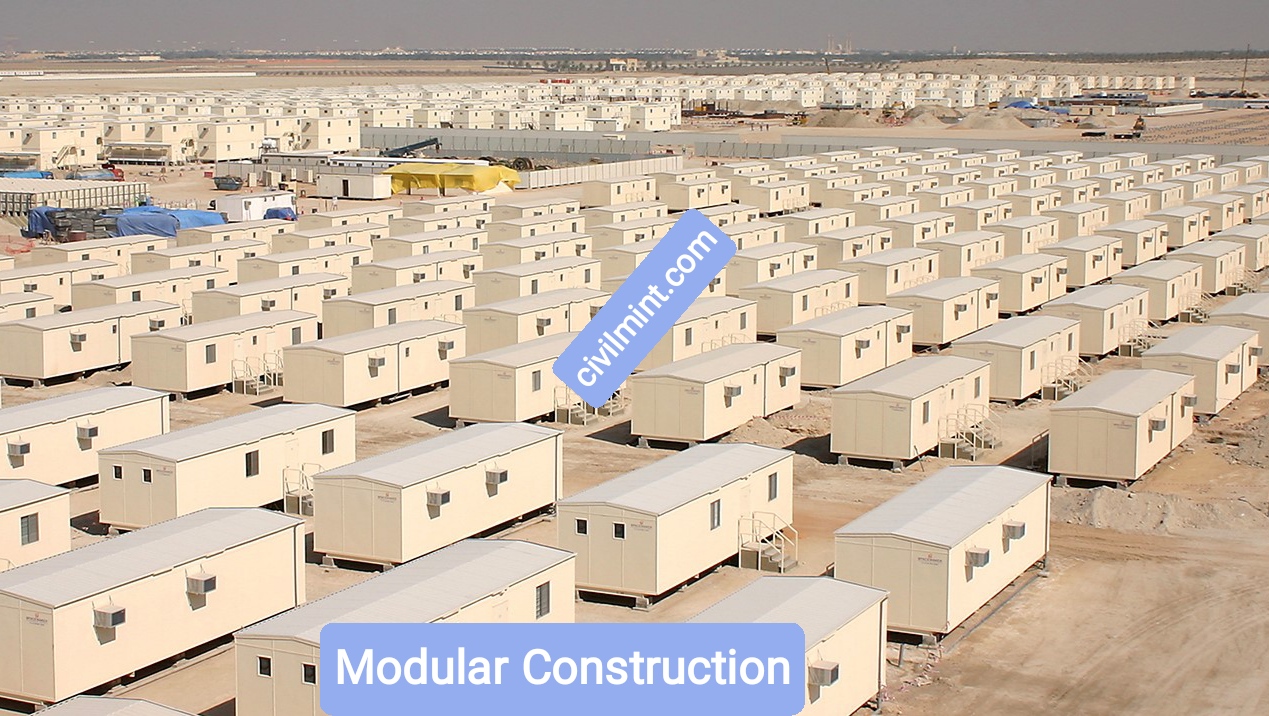Disadvantages of modular construction include limited customization options and design flexibility compared to traditional construction methods.
Modular buildings are constructed in a factory environment and transported to construction sites, there may be limitations to the size and shape of modules that can be produced and transported.

Repairing or remodeling a building after it is completed can be challenging and costly.
In some locations, the availability of skilled labor with expertise in modular construction techniques may be limited, which may affect the overall cost and time required to complete a project.
In the list below, I have listed 10 disadvantages of modular construction.
- Modules are built according to a pre-defined design, which can make it difficult to design rapidly if the size and shape change.
- Modular construction is costly compared to traditional construction.
- A variety of skilled engineers, workers, and supervisors are required to carry out modular construction work.
- Traditional construction is done at the construction site while the modules are built in a separate factory.
- The modular construction work is done in two phases which takes time.
- Modular construction requires new technology that is not available in all locations.
- Transporting prefabricated modules to the construction site can be costly, especially if the modules need to be transported long distances.
- Another disadvantage of modular construction is that it can be risky to rely on a single supplier for all prefabricated modules.
- Modular construction requires approval from a number of stakeholders including local authorities, building inspectors and other regulatory bodies.
- Modular construction may not always be suitable for very large or complex building projects.
These are the major disadvantages of modular construction.
I hope you enjoyed this article.
Keep Learning With Us!
